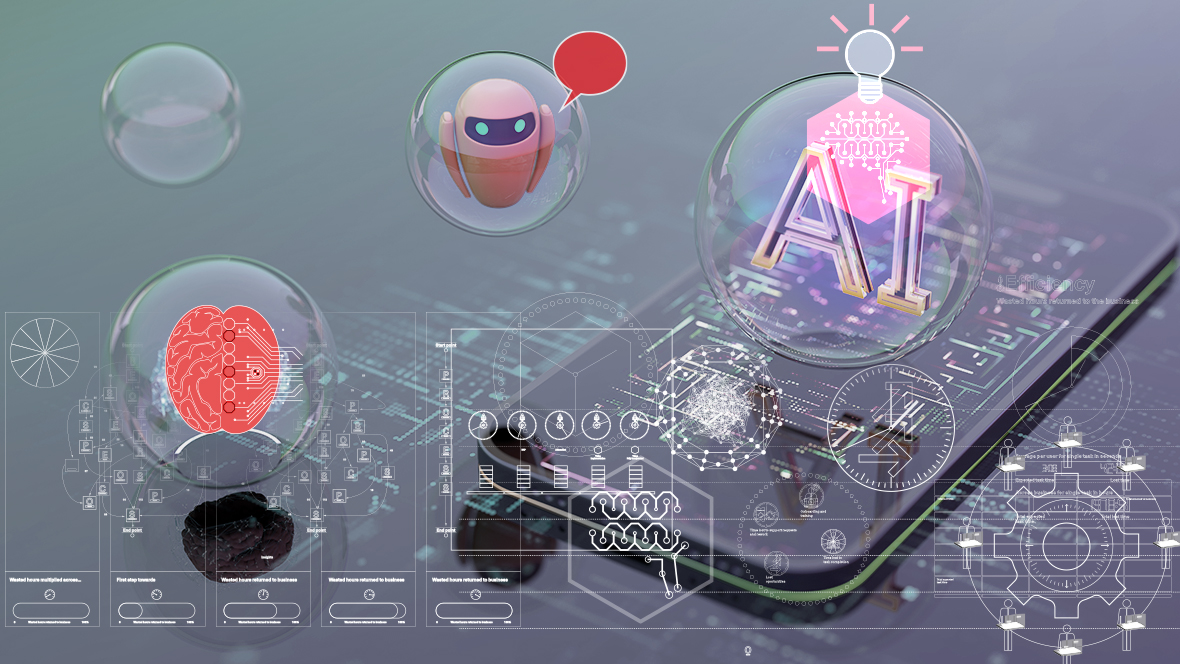What’s the difference between a Chatbot and Conversational AI?
A chatbot and conversational AI are related concepts, but they have distinct meanings and capabilities within the realm of artificial intelligence and communication technologies.

Chatbots focus on providing automated responses to user queries, conversational AI goes beyond simple rule-based interactions to create more sophisticated, context-aware, and human-like conversations. Conversational AI leverages various AI techniques to deliver more intelligent and engaging interactions between users and machines.
Chatbot: A chatbot is a software application designed to simulate human conversation, typically through text or voice interactions. It uses predefined rules or algorithms to understand user inputs and provide appropriate responses.
Chatbots are often used to automate specific tasks or provide information to users in a conversational manner. They can handle common queries, guide users through processes, and offer predefined responses based on keywords or patterns in user input.
Chatbots can be categorized into two main types:
- Rule-Based Chatbots: These chatbots follow predefined rules and patterns to generate responses. They are limited to the scenarios and rules programmed into them and may not handle complex or open-ended conversations well.
- AI-Powered Chatbots: These chatbots incorporate artificial intelligence and machine learning to improve their responses over time. They can learn from user interactions and adapt to different conversation styles. However, they are still limited by the data they have been trained on and may not handle every possible scenario perfectly.
Conversational AI: Conversational AI, refers to a broader concept that encompasses not only chatbots but also more advanced technologies that enable more natural, context-aware, and intelligent conversations between humans and machines.
Conversational AI leverages various AI techniques, including natural language processing (NLP), machine learning, sentiment analysis, and context understanding to create more lifelike and dynamic interactions.
Conversational AI systems are capable of:
- Understanding Context: They can maintain context throughout a conversation, understanding references and responses in the context of the ongoing dialogue.
- Handling Complexity: Conversational AI systems can handle more complex and open-ended conversations, adapting to user input that might not follow a predefined script.
- Personalization: They can personalize interactions based on user history, preferences, and previous conversations.
- Natural Language Understanding: Conversational AI can better understand natural language, including nuances, synonyms, and user intent.
- Multi-Modal Interaction: They can handle not only text but also voice inputs and even incorporate visual elements in some cases.
- Continuous Learning: Advanced conversational AI systems can learn from new interactions and improve over time, becoming more effective and accurate in their responses.
